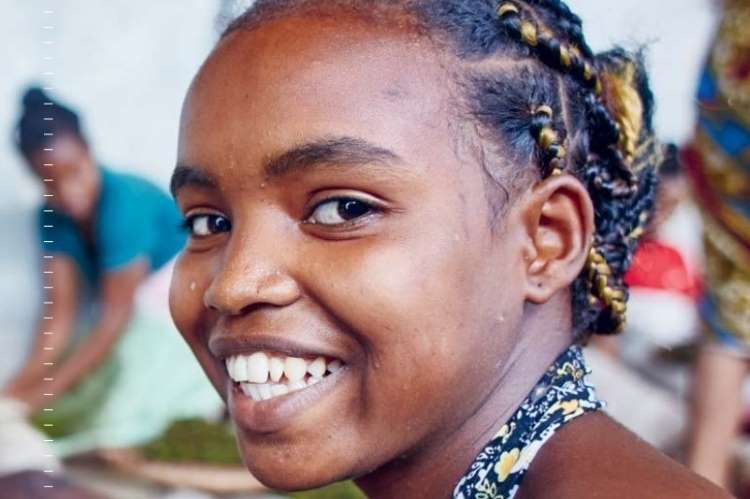The 2023 Global Hunger Index paints a stark picture of the world’s progress in the fight against hunger. Despite years of advancement up to 2015, progress against hunger remains stagnant. With just seven years left to fulfil the Sustainable Development Goals (SDGs), the world faces a compounding crisis of climate change, conflicts, economic shocks, the global pandemic, and the Russia-Ukraine war, all exacerbating social and economic inequalities and reversing previous strides in reducing hunger in many countries.
The GHI report highlights that some countries, such as Niger, Somalia, South Sudan, and Yemen, continue to grapple with alarming levels of hunger. In a further 34 countries, hunger is considered serious. What is even more concerning is that since 2015, hunger has increased in 18 countries with moderate, serious, or alarming GHI scores. At the current pace, 58 countries are unlikely to achieve low hunger by 2030.
However, there are glimpses of hope. Seven countries that previously faced extremely alarming hunger levels, including Angola, Chad, Ethiopia, Niger, Sierra Leone, Somalia, and Zambia, have made significant progress. Another seven countries have achieved notable reductions in hunger between 2015 and 2023. This progress is particularly commendable given the challenging global context and stagnation in hunger levels.
READ I Navigating climate finance — from greenbacks to green bonds
Role of youth in transforming food systems
As the global youth population, which now stands at 1.2 billion, is the largest in history, young people are uniquely positioned to drive change in food systems. However, they are emerging into a world where current food systems are failing on multiple fronts.
While global hunger figures do not specifically report on hunger among youth, food insecurity and undernutrition are most prevalent in regions with the largest share of young people—South Asia and Africa South of the Sahara. Youth engagement in agriculture remains low, mainly due to a lack of support, innovation, education, and the perception that agriculture offers limited prospects for prosperity. This situation needs to change.
Food sovereignty and global hunger
The loss of food sovereignty is a significant weakness in current food systems, particularly in low- and middle-income countries. Factors such as colonialism, poor governance, the intensification of food systems, monocultures in agriculture, and some negative consequences of the Green Revolution have eroded indigenous and local farming and knowledge systems.
Food sovereignty, which encompasses people’s rights, food quality, culture, and environmental well-being, is crucial for addressing food and nutrition insecurity and adverse health outcomes. To transform food systems, there must be a renewed focus on supporting locally resilient, diverse, innovative, and less input-intensive smallholder farming systems.
Recommendations for a brighter future
To empower youth and transform food systems, policymakers must take several critical steps:
- Youth need greater access to education and training related to agriculture and food systems. Investment in curricula, teachers, and training institutions is crucial.
- Investments in the health and nutrition status of youth, particularly young women, are essential. This includes support for affordable, healthy diets and nutrition education.
- Young people must have better access to productive resources, such as land and credit. Youth-sensitive financial services should be introduced to provide opportunities for saving and borrowing.
- Policymakers should focus on removing barriers to education and employment for young women and addressing their disproportionate burden of unpaid care work.
- Investment should be made in sustainable, equitable, and resilient food systems, including the promotion of indigenous and traditional cropping systems.
- Policies should aim to diversify rural economies, strengthen service delivery, and promote youth inclusion. This includes investments in local and regional markets, processing, storage, marketing, and transport.
- Fair wages and better employment conditions within food systems are essential to making agriculture an attractive sector for young people.
- Solutions should look beyond 2030 and align with young people’s aspirations for a just, sustainable, and food-secure future.
Empowering youth to drive the transformation of food systems is not just a moral imperative but also an economic one. By involving young voices in policy-making and promoting inclusivity, equity, and sustainability, we can work towards ending hunger, achieving food sovereignty, and building a brighter future for all. The clock is ticking, and it is time to act decisively to ensure a hunger-free world.
India’s struggle against hunger continues
India’s ranking of 111 out of 125 countries in the Global Hunger Index report for 2023 is a cause of for concern. The country has slipped four positions from the previous year, highlighting the persistent challenge of hunger despite being one of the fastest-growing economies globally.
Of particular concern is India’s high child ‘wasting’ rate, which is the worst form of child undernutrition and reflects acute undernutrition. India is the only country categorised as having a very high level of wasting, with 18.7% of children affected. Additionally, more than 50% of women and adolescents in India suffer from anaemia, a major health problem that needs urgent intervention.
The Indian government has raised objections to the report, citing issues with the methodology and the selection of parameters. While the government disputes the prevalence of undernourishment figures, it is important to note that this data is partly based on information officially provided by the Indian government.

